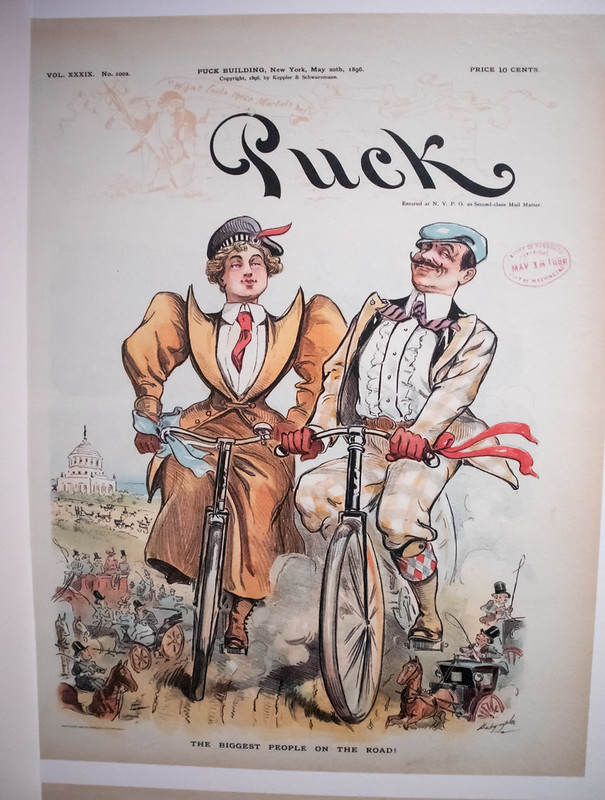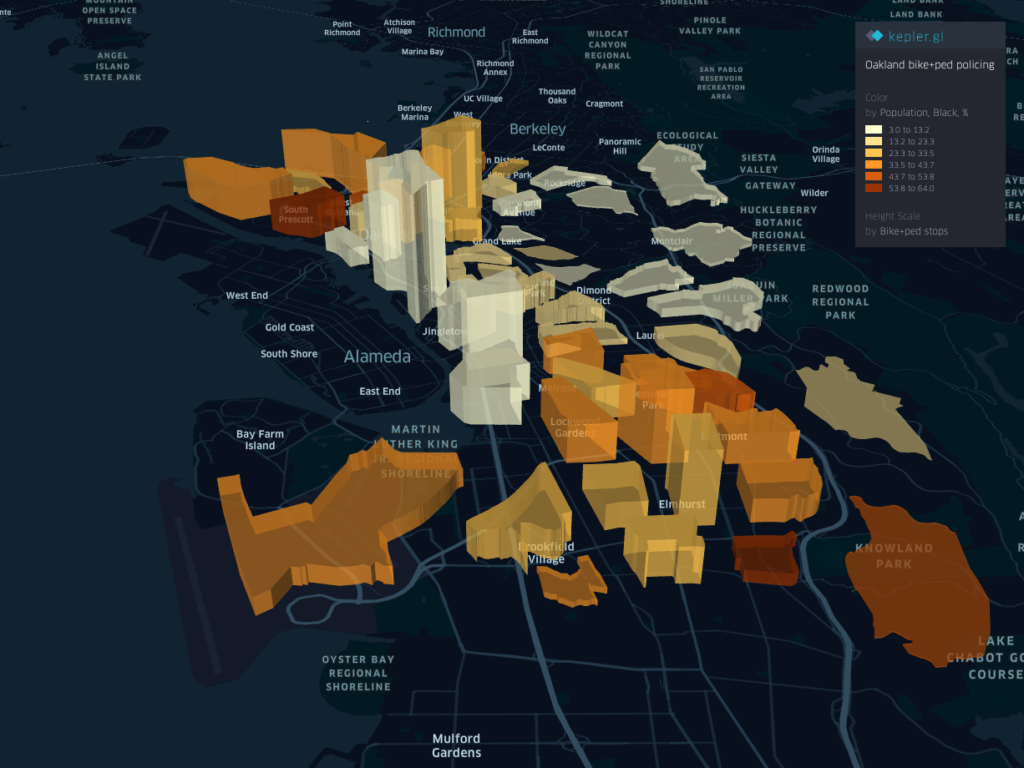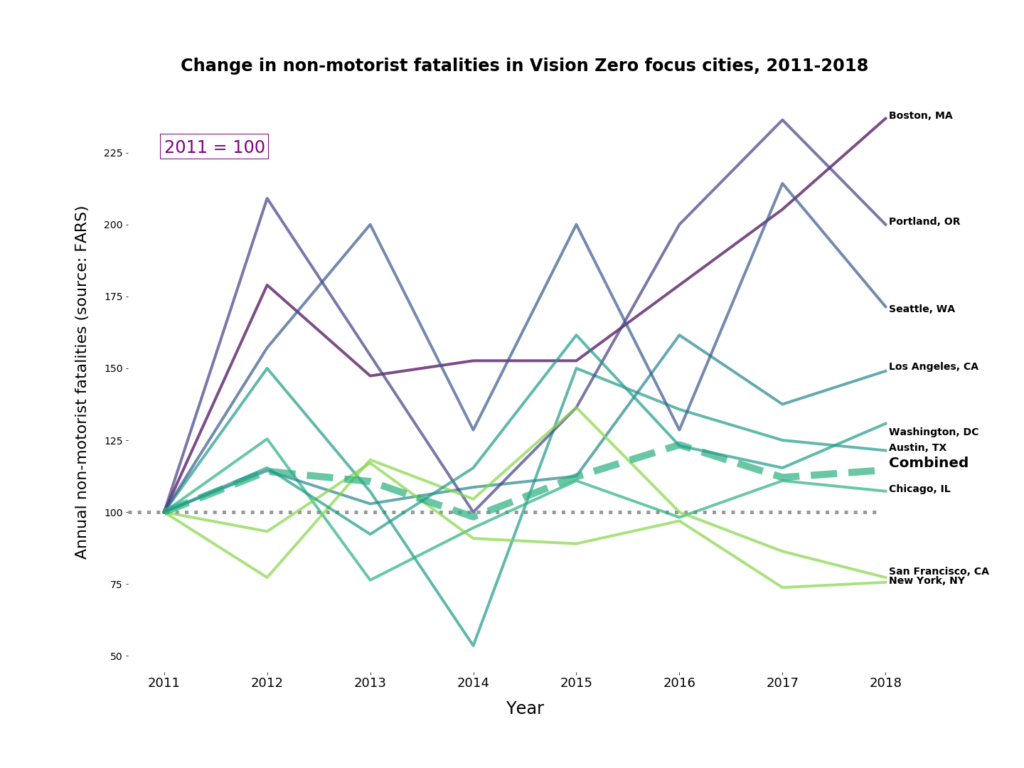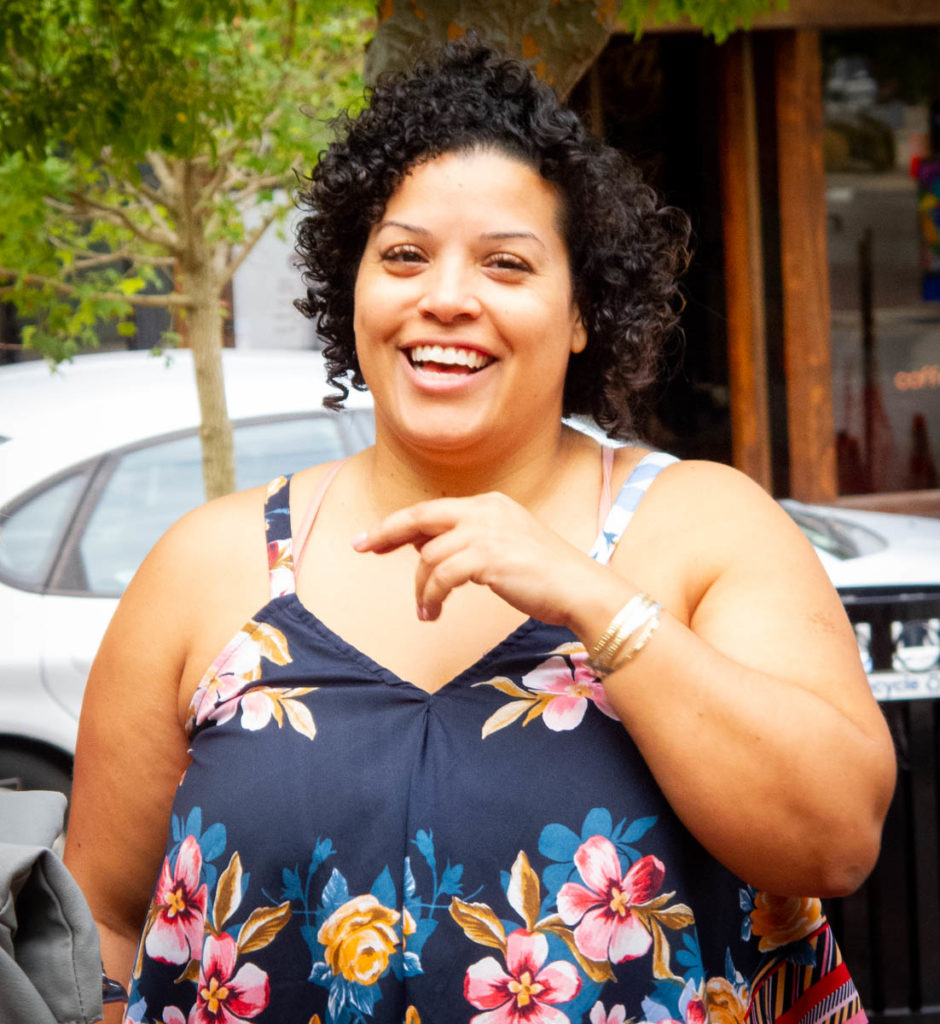The Douchebag Problem
As an urban critical theorist studying cycling cultures and neighborhood change, I’ve long been curious about the correlation between the terms “fixie” and “douchebag.” My working definition is that douchiness is where entitlement meets cluelessness. The douchebag is a privileged person who feels entitled to that spot at the bar, that condo in the city, that job in tech, and that private bus to work which makes it all possible. And he is clueless about how his entitlement to those things pushes others out of the way.






